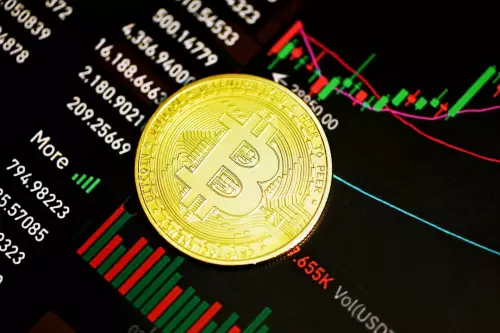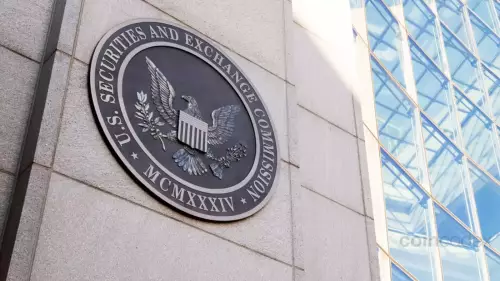 |
|
 |
|
 |
|
 |
|
 |
|
 |
|
 |
|
 |
|
 |
|
 |
|
 |
|
 |
|
 |
|
 |
|
 |
|
Cryptocurrency News Articles
Skynet, AI Agents, and the Real World: Are We Ready for Decentralized Intelligence?
Sep 28, 2025 at 08:29 pm
Explore the convergence of Skynet, AI agents, and real-world applications, from decentralized AI infrastructure on Sui to Cloudflare's stablecoin for AI transactions.

The buzz around 'Skynet, AI agents, real world' is getting louder. We're not talking about dystopian futures (yet!), but rather the exciting developments in decentralized AI, AI-driven automation, and real-world asset tokenization. Let's dive in.
Skynet: A New Dawn for Decentralized AI?
Imagine AI agents operating independently, interacting with real-world services, and processing payments without any central authority. That's the vision behind Skynet, particularly its integration with the Sui blockchain. MartyParty, a crypto analyst, highlights Skynet as a dual-platform system on Sui, designed to let developers deploy AI agents that can execute trades, manage connected devices, or handle logistics—all without a centralized gatekeeper.
What makes this particularly compelling is the focus on compatibility with existing Web2 services. Skynet translates APIs from platforms like Stripe or AWS, allowing AI agents to manage billing or access cloud data directly. Privacy is also a key consideration, with developers able to spin up agents per user, isolating sensitive data.
Sui's Speed: A Game Changer for AI
Sui Network's high throughput and horizontal scaling make it an ideal environment for Skynet's infrastructure. Low-latency execution means AI agents can respond to events almost instantly, crucial for applications like algorithmic trading and real-time IoT feedback loops. Parallel processing allows numerous AI agents to operate simultaneously without network congestion, potentially revolutionizing finance, logistics, and Web3 gaming.
Cloudflare's Stablecoin: Fueling the AI Economy
Cloudflare is entering the crypto space with its own stablecoin, the NET Dollar, designed for instant transactions. This coin is particularly geared towards AI agents performing specific tasks, like booking tickets or purchasing goods immediately after they hit the market at a low price. This shift towards pay-per-use systems and microtransactions highlights a new business model for the internet, prioritizing original content and real value.
Real-World Assets: Tokenization Takes Center Stage
The Real-World Asset (RWA) sector is booming, with tokens linked to asset tokenization jumping 11% in a week, pushing the market cap near $76 billion. Tokenized assets on-chain have hit a record $29 billion, nearly doubling since the start of 2025. This growth is driven by institutional interest, particularly in private credit and U.S. Treasurys. BlackRock's $2.2 billion tokenized fund exemplifies this trend. As BlackRock CEO Larry Fink put it, “Tokenization could democratize finance.”
Ethereum remains the dominant platform for RWA adoption, hosting over 75% of tokenized value. The potential tokenization of ETFs could bring trillions of dollars from traditional finance into crypto, solidifying RWAs as a key driver of adoption.
The Road Ahead
So, are we on the brink of a Skynet-style AI takeover? Probably not. But the developments in decentralized AI, AI-driven transactions, and real-world asset tokenization are undeniable. While Cardano is a solid project, new projects are arising to solve the current needs, such as Remittix. The convergence of these technologies has the potential to reshape industries and democratize finance. It's an exciting time to be watching (and maybe even participating in) this space.
One thing's for sure: the future is looking more and more like a sci-fi novel – in the best way possible. Just remember to tip your AI barista!
Disclaimer:info@kdj.com
The information provided is not trading advice. kdj.com does not assume any responsibility for any investments made based on the information provided in this article. Cryptocurrencies are highly volatile and it is highly recommended that you invest with caution after thorough research!
If you believe that the content used on this website infringes your copyright, please contact us immediately (info@kdj.com) and we will delete it promptly.






























































